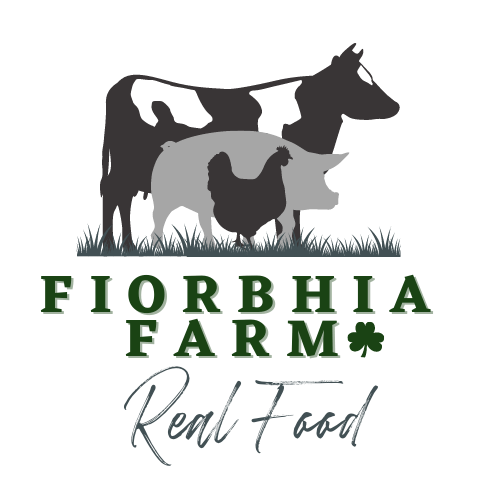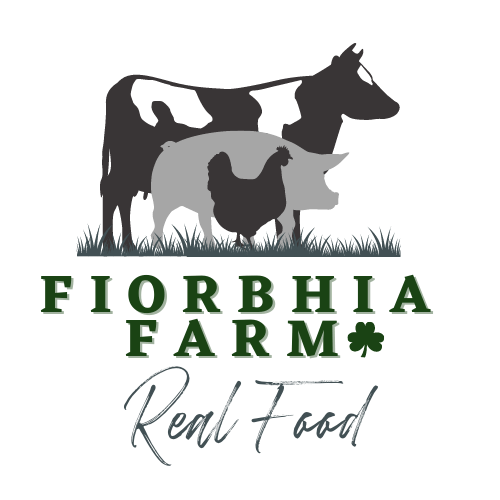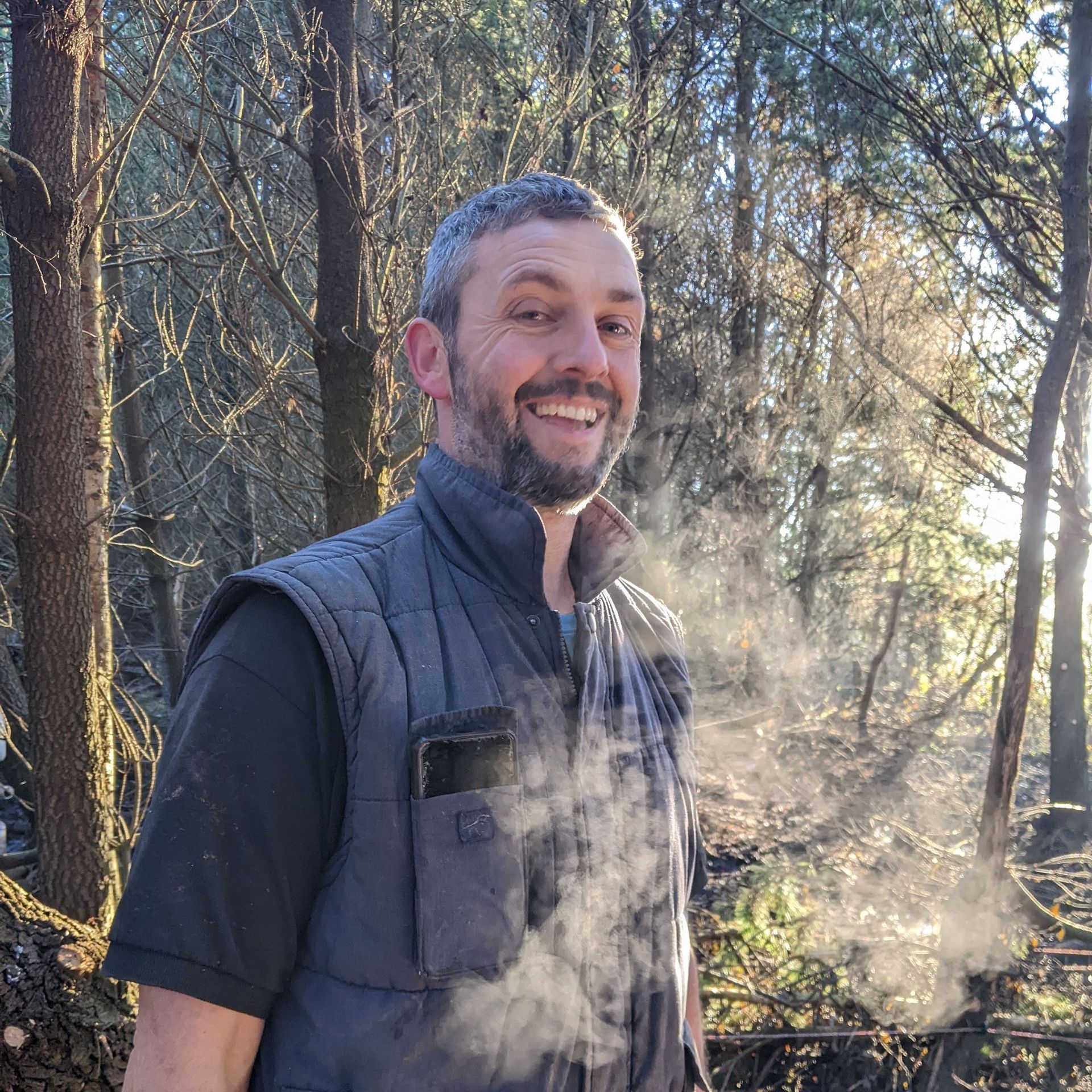Too Good To Be True?
How Regenerative Farming using the Soil Food Web Can Save Our Food System

I get a lot of pushback and skepticism from people when I talk about how raising meat for humans can be good for the environment.
I get a lot of pushback when I talk about nutrient-density.
How it is possible to increase yields, increase the nutritional value of the food we eat, AND improve air & water quality?
How it is possible to improve soil health to the point that a forest is it is resilient to the floods, droughts, fires, and high winds that plague us almost yearly now?
I am an optimist. But not without some reason to be.
Key differences between Regenerative Ag and what you’ll find in the supermarket is farming with the Soil Food Web.
Soil Food Web
As any grade school student will tell you, plants need water sunshine and soil to live. But as any gardener or farmer will tell you - that’s not the whole story.
The availability of nutrients to the plant is critical.
There are two ways a plant can get nutrients from the soil.
- Chemical fertilizers of some nutrients are put into the soil for the roots to access.
- Millions of microorganisms, bacteria, and fungi work together to create a complex system where nutrients become biologically available to the plant roots in the soil.
But guess what? Chemical fertilizers (even organic) KILL the microorganisms, bacteria, and fungi the plants need.
They kill the soil life.
When you have a healthy soil food web, plants are able to draw and utilize all the micro and macro nutrients for their health and growth.
Ag experts used to think that a plant only needed 3 nutrients (NPK - Nitrogen, Phosphorus, & Potassium). Now, every year, more nutrients are discovered as essential and important for plant (and human) health.
Soil Food Web expert, Elaine Ingham, believes that someday we’ll find out that every element on the periodic table is essential for plant & animal life.
But when you only put 3 nutrients in the soil, you kill the availability of
all those other elements.
On our farm we nurture the soil food web with 3 methods:
No-till. We allow for natural and rotational soil disturbance using animals that leave their (chemical-free) poop to feed the microorganisms in the soil.
Plants & roots. With constant coverage, we never leave the soil unprotected. There are always trees, shrubs, and grasses growing to maintain soil structure and cycle carbon from the air.
NO chemical inputs. We only use live biological inputs such as composts and compost teas that are full of microorganisms. That goes for our animals too, we keep their guts healthy naturally to fight off infections.
Nutrient-dense food & yields
The nutrient content of food in the groceries has consistently been eroding over the last 100 years. This is directly due to the farming practices of using fertilizers instead of working with the soil food web.
At the same time, farmers are struggling. They have to spend more and more money to buy chemical inputs to get the same yields.
Regenerative farmers are seeing yields that ag schools used to say were impossible.
Deserts are being re-greened using regenerative farming and intensive grazing techniques.
Lab results show food grown in soil that is alive with microbes has a higher content of nutrients and healthy fats.
Our health and the health of our planet are systematically deteriorating.
Regenerative agriculture helps reverse this trend.





